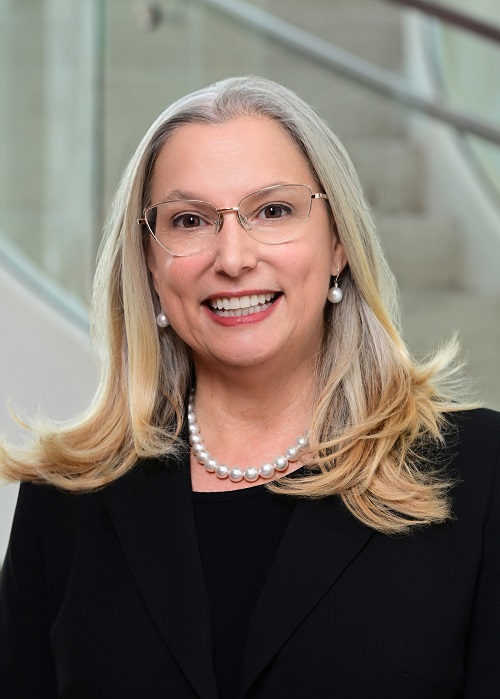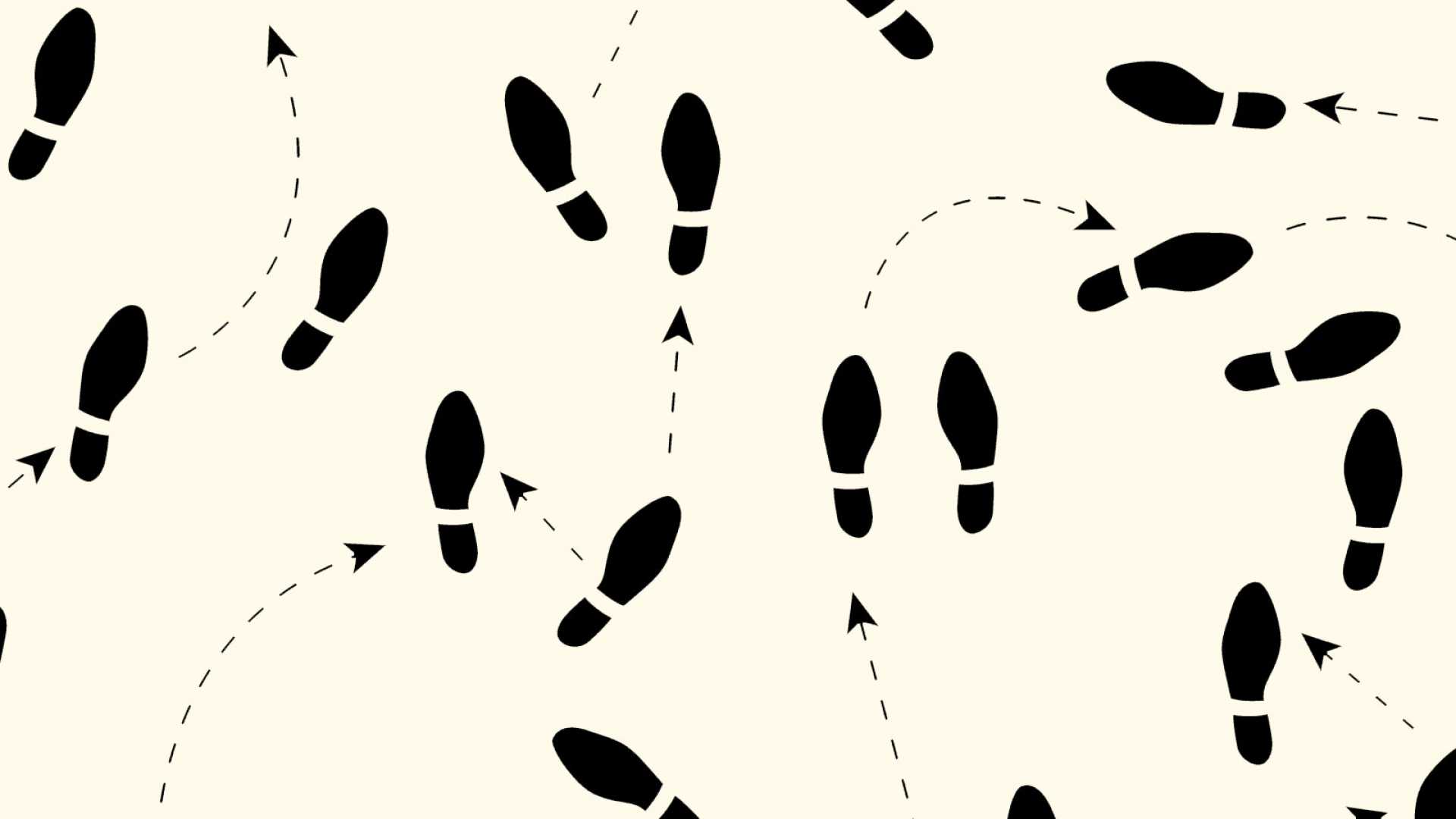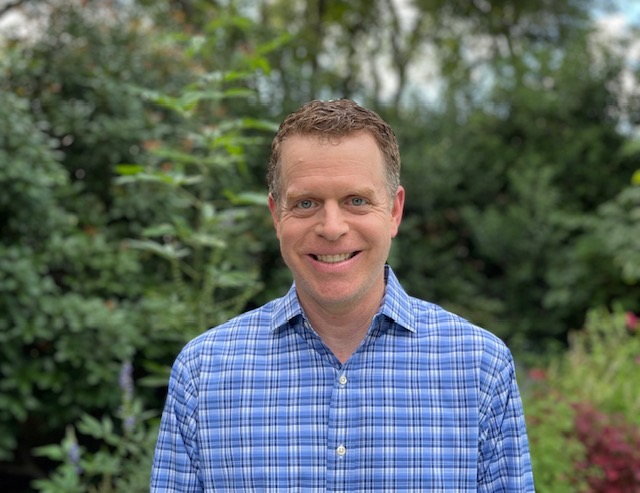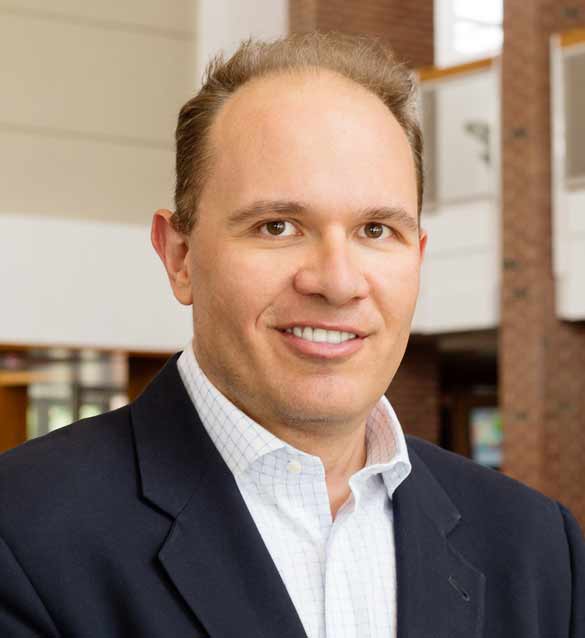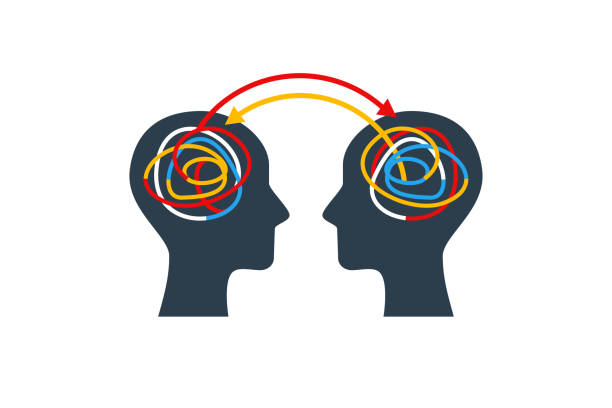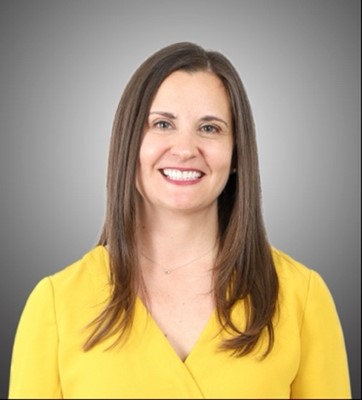By: Janet Stearns, Dean of Students, University of Miami School of Law
Many life lessons are addressed by Mark Twain in The Adventures of Mark Twain.[1]
Chapter 6 begins with Tom waking up “miserable” on a Monday morning. “Monday mornings always found him so—because it began another week’s slow suffering in school….Presently it occurred to him that he wished he was sick; then he could stay home from school.” Tom ”canvassed his system” in a search for possible ailments that might keep him home. He finally comes upon his toe and a loose tooth. Tom starts groaning so much that his brother goes running for his Aunt Polly to report that Tom is “dying.” When Aunt Polly enters Tom’s room, Tom reports “my sore toe’s mortified.” After a good laugh, followed by Aunt Polly pulling the loose tooth, Tom is sent off to school for the day.
Fast forward to my teenage years, when I was attending summer camp in New Rochelle, New York. The camp was focused on arts (which I enjoyed), but we went swimming several times a week (which I hated.) The only way to get out of swimming was with a parent’s note. Once I requested such a note from my dad. My recollection (but the evidence is long gone) is that my dad handwrote out a note to the camp director which went something like this:
Please excuse Janet from swimming today. She has a mortified toe.
The note worked, and I didn’t have to go to swimming, and in retrospect, everyone likely had a good laugh at my expense. The key point, though, is this: at that moment, swimming was not an essential part of that camp experience or my professional life. In my childhood, I could relate to Tom Sawyer’s desire to avoid uncomfortable, difficult things.
I reveal this family secret for purposes of explaining some of the mindset, and insight, that I bring to my role as dean of students. I want to discuss and highlight some of the challenges that we are all facing in response to a wide range of requests around examinations and other interim assessments. We as law school administrators must bring a professional identity lens to evaluating these requests and consider the lessons that we are teaching with our responses.
Examination Policy
Our Law School Handbook, and our faculty, have delegated to me as dean of students the duty to exercise discretion in evaluating situations that arise during the examination period and deciding when, and how much, exams will be postponed. Our Handbook references as possible reasons for rescheduling “personal illness requiring the care of a physician, pregnancy or childbirth, death or serious illness in the student’s immediate family or household, or because of religious prohibitions certified by an appropriate religious professional.”[2] Between December 5 and 19, 2022 out of a student body of 1,300 students, we rescheduled about 170 exams that were delayed for a range of medical or family issues. Note that these are distinct from testing accommodations granted to students under the ADA for recognized disabilities, and relate instead to injuries, accidents, illnesses, and other short-term situations not covered by the ADA.
Here is some sampling and paraphrasing of situations that I have received during this recent testing period, and some of my approaches.
Please excuse me from testing as I have COVID, mono, flu, pink-eye (and typically note from medical professional)
For a range of medical and particularly contagious diseases, we do not expect students to be on campus for in-class exams. The protocols on these issues have become only clearer in the aftermath of the pandemic. If exams are take-home exams, and the student is sufficiently healthy, we will permit remote testing. We will typically postpone in-class exams until the student is cleared by a medical professional.
Please excuse me from testing as I am in emergency room (for kidney stones, appendicitis, surgery, broken bones).
Students who find themselves in the hospital or emergency room do not need to test until released and healthy enough to do so. This would cover both in-class and remote exams. In some cases, depending on the severity of the hospitalization, a student may not be able to test at all during the testing period and then need to make up a course in a subsequent semester.
Please excuse me from testing as my parent/spouse/partner/grandparent or pet has died or is imminently about to die.
I typically work with students in these situations to try to evaluate the best path forward for testing and completing the semester. This will depend on the ability of the student to compartmentalize and focus on the task at hand, proximity of family to support, and customs around celebrating the life of the deceased love one. Some will want a few days immediately for bereavement and others will wish to complete testing and then be free to travel.
We are receiving an increasing number of requests relating to pet illnesses. As we know, we have many students with significant emotion around beloved furry family members. We have tried to show some compassion to students around the death of a pet while recognizing that this is an expansion of the definition of “immediate family or household.” This is also an issue where legal employers may vary as to how much “bereavement” time would be granted for pets as opposed to family members.
Please excuse me from testing as I am going through medication changes that are impacting my sleep or ability to focus on the exam; or I am unable to access my prescribed medications due to market unavailability.
We are aware that we have a significant number of our law students who are prescribed medications for a range of emotional and learning issues including depression, anxiety, and attention deficit disorders, and, thus, they take (for example) antidepressants and anti-anxiety medications.[3] In general, these medications require some period of weeks if not longer to adjust to changes in dosage. In the Fall of 2022, there were significant disruptions in the supply chain for Adderall, a commonly used stimulant to treat ADHD.[4] It was therefore not surprising that students were coming forward and asking for exam accommodations.
The issues of adding medications, changing medications, or withdrawing from medications are real. That said, these are issues that are not easily addressed with a short-term exam accommodation, any more than they could be addressed in a workplace with paid days off. We were counseling students to evaluate their own ability to move forward with testing or to consider dropping classes or postponing the submission of papers where possible. We are still struggling to evaluate reasonable accommodations for this category of situation.
Please excuse law student from testing as he/she/they are suffering from generalized anxiety and need additional time to prepare.
A significant group of today’s law students are experiencing anxiety. According to the 2021 Survey of Law Student Well-Being, 39.8% of law students had a diagnosis of anxiety during their lifetime, 22.5% of whom were diagnosed after starting law school.[5] This anxiety is real, and it is manifesting in an array of emotional and physical impacts on our students.
And yet, I do not know how we address this pervasive issue of anxiety in the context of a policy to reschedule exams for personal illness. I have thought long and hard on this and I don’t have a fair way to evaluate how much anxiety triggers an exam postponement, or how many days would be sufficient for the medical situation to resolve. In my experience, I will distinguish this type of request from that of a student who is suffering from an acute anxiety attack in advance of, or during, an examination. We typically treat those as medical emergencies and work with the student to evaluate if they will be well enough to return to testing or if they need to be treated for the medical emergency. But for cases of generalized anxiety, we need to articulate an approach, based on our lens of professional identity preparation, about expectations in our legal community. And once articulated, we must communicate this clearly to our students throughout their law school experience.
When does a situation merit our throwing a student a compassionate lifeline, and when do we need to clarify that we cannot grant these requests and provide reasons for the life lessons that we are trying to teach? I welcome thoughts and reactions from our community as we continue to navigate these issues. You can reach me at jstearns@law.miami.edu.

Janet Stearns is Dean of Students at the University of Miami School of Law and Chair of the ABA COLAP Law School Committee.
[1] MARK TWAIN, THE ADVENTURES OF TOM SAWYER 43-45 (Signet Classic Edition, 2002).
[2] Miami Law Student Handbook 2022-2023, https://student.law.miami.edu/policies/student-conduct/handbook/index.html, at page 12.
[3] Jaffe, Organ, and Bender, It’s Okay Not to Be Okay: The 2021 Survey of Law Student Well-Being, 60 University of Louisville Law Review (2022) at 461.
[4] FDA Announces Shortage of Adderall, https://www.fda.gov/drugs/drug-safety-and-availability/fda-announces-shortage-adderall (October 12, 2022).
[5] Jaffe, Organ, and Bender, It’s Okay Not to Be Okay: The 2021 Survey of Law Student Well-Being, 60 University of Louisville Law Review (2022), supra note 3 at 464.
